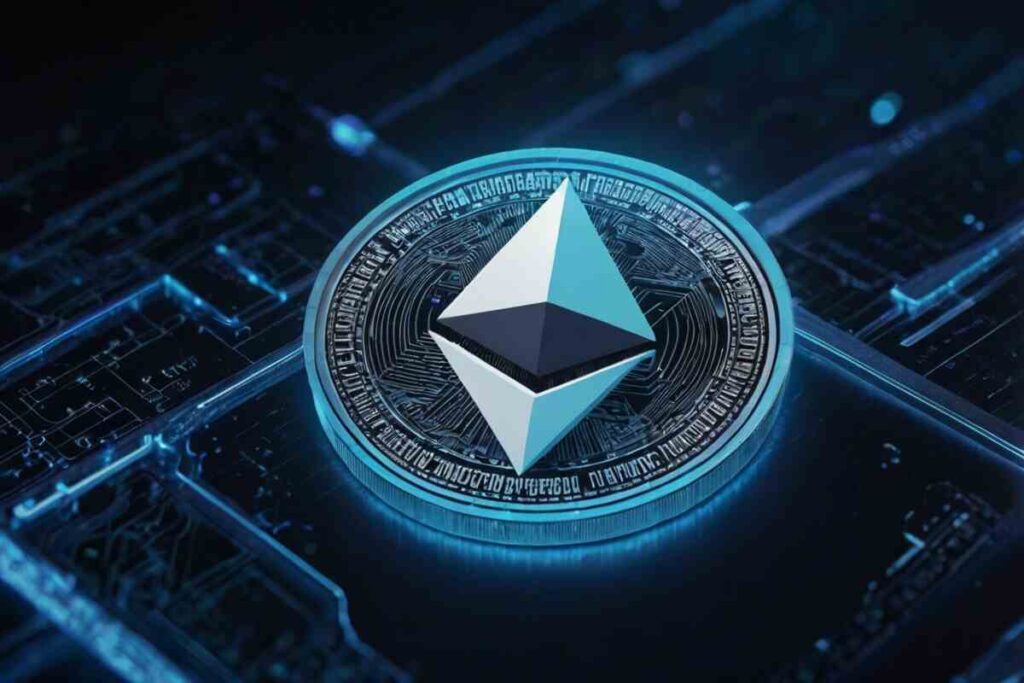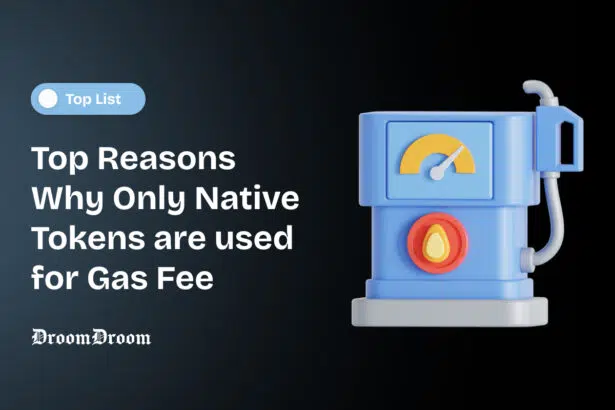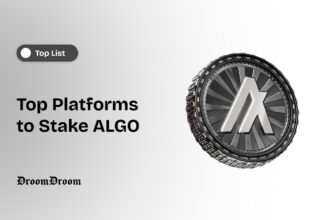Native tokens have always been the only token by which you can pay transaction costs, i.e., gas fees on a blockchain. However, this also limits the users since, for every transaction, a user has to arrange some additional native tokens just to pay a gas fee.
Still, blockchains do not allow gas fee payments in non-native tokens because they might compromise a blockchain’s security and disrupt its validation mechanism.
Some platforms even let you use blockchains without paying a gas fee.
Native vs Non-Native Tokens
A native token was created with the creation of the blockchain, and a non-native token was either minted or bridged to the blockchain much after the native token.
For example, Ether(ETH) is a native token of the Ethereum blockchain, while USDT is a non-native token. Similarly, SOL is a native token of the Solana blockchain, and BONK is a non-native token.
Here is an easy way to edit the gas fee in MetaMask if you think it is unreasonably high.
Explaining How Gas is Consumed in a Blockchain
The role of gas is to act as a form of compensation to validators who are verifying blockchain transactions. This makes gas
When a transaction is initiated, the validators need to add it to the blockchain. This work is calculated in terms of the amount of gas needed to complete the task. Once the task is finished, any excess gas is returned to the address that sent the transaction.
The amount of gas to be consumed is never fixed and has been kept as a floating value to avoid network blockage. Hence, even if two transactions are sent one after the other, they will incur different gas fees.
Gas fees vary in a blockchain due to their demand and supply.
Why Non-Native Tokens Aren’t Used for Gas?

Public blockchains like Ethereum have millions of users, and each one might prefer a different crypto to pay the gas fee if allowed. This would not only cause extremely unpredictable revenues for validators but also a lack of standardisation. Plus, with extremely volatile tokens, there remains a wide chance for undue manipulation.
1. Need for Universally Acceptable Gas Token
The usage of a single token for gas helps users predict their transaction costs and also helps validators estimate their earnings.
If multiple tokens are allowed to pay gas fees, each user might have their own preference for tokens. This would create unnecessary confusion among the users.
Further, since each token has a floating value (changes in price), it could be impossible to estimate gas fees and validator earnings accurately. Without estimated earnings, a validator would never be able to decide if they can get a profit on their investments.
Do you know the factors determining gas fees in a blockchain?
2. Native Token’s Role in Blockchain Security
The native gas token provides a high degree of security for a blockchain. Using non-native tokens would greatly compromise that security. Let us explain this with an example.
For example, say Ethereum accepts a new token called XYZ for the gas fee. Since miners would be paid with this token, they would have to validate transactions with XYZ for a fee.
Now, imagine if someone manipulates the price of this XYZ token, and such manipulations are very common in the world of crypto. An inflated XYZ value, even for a short period of time, would help an attacker validate all their transactions with a very small fee, and as a result, the whole Ethereum network could get compromised.
Here are a few lessons to learn from hacks on blockchain security.
3. Keeping Native Token’s Hegemony
Besides the need for security and ease of usage, no blockchain would want the native token of their chain to fall into obscurity.
If any blockchain lets users pay fees in non-native tokens, they have a risk of letting stablecoins ruin their native tokens, such as ETH.
Conclusion
Gas fees are the most vital payments that keep a blockchain functioning. They help validators be compensated for their work and encourage users to transact on the blockchain.
Though it would be preferable for users to be able to use all tokens to pay for gas fees, that is not preferable from a security and standardisation point of view. Using highly volatile tokens could compromise the blockchain. Further, using a lot of tokens for gas fees would also create confusion and extra work for validators.
Hence, all blockchains only allow users to pay gas fees in native tokens.
Staying safe in crypto is much easier than you think. Here are a few lessons to get you started.



















